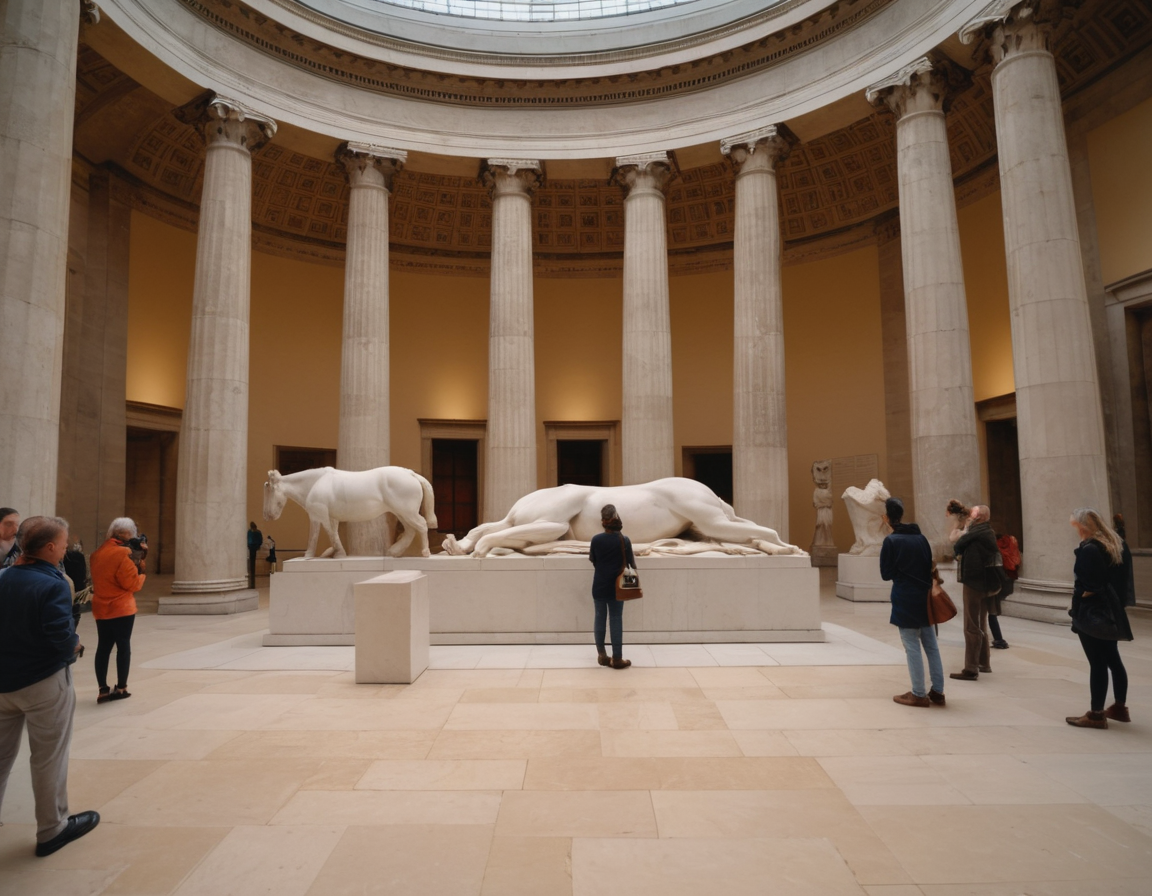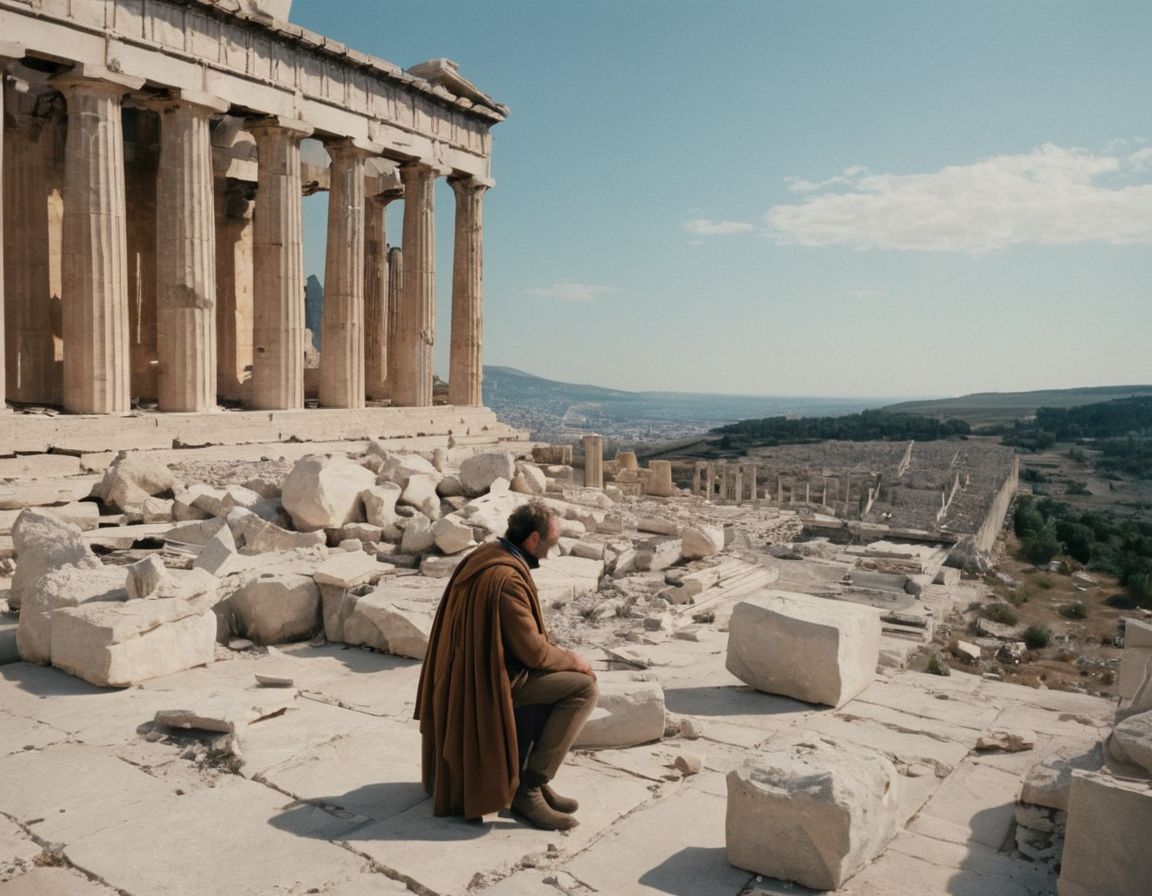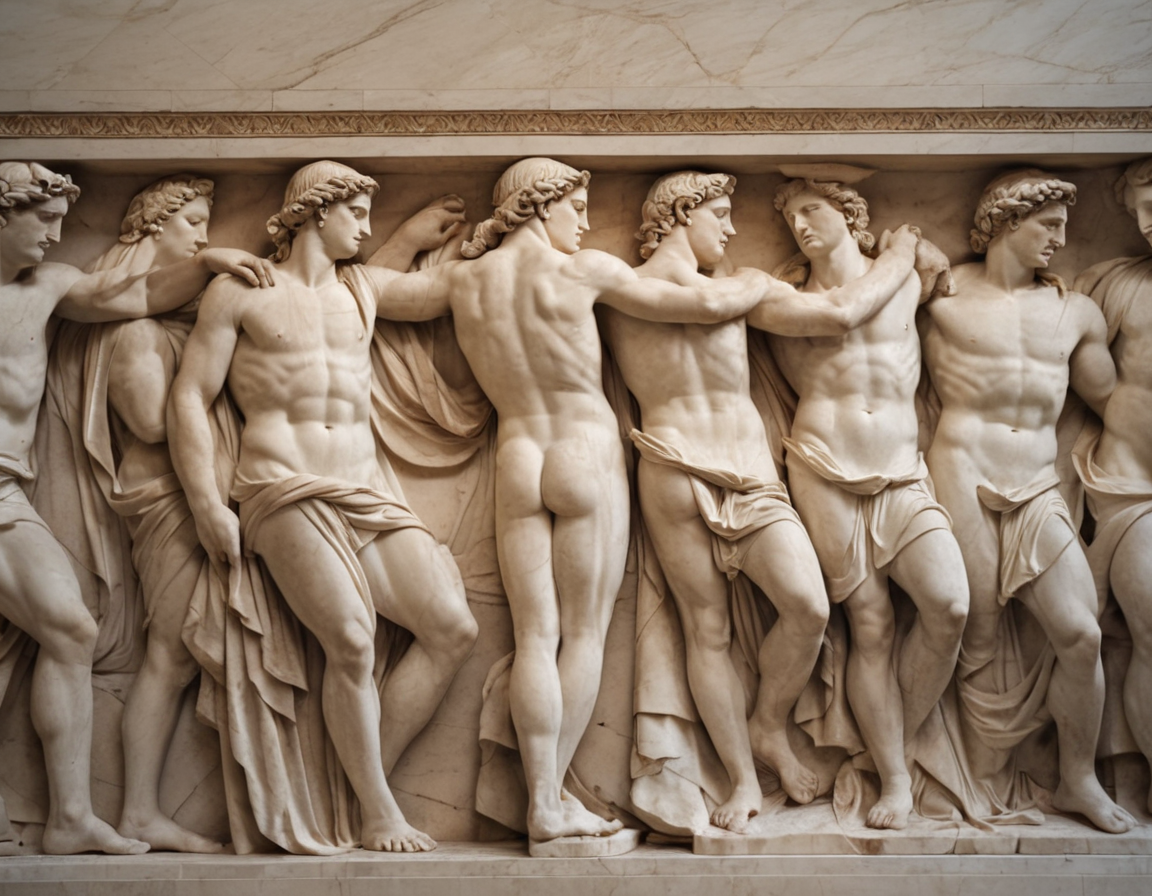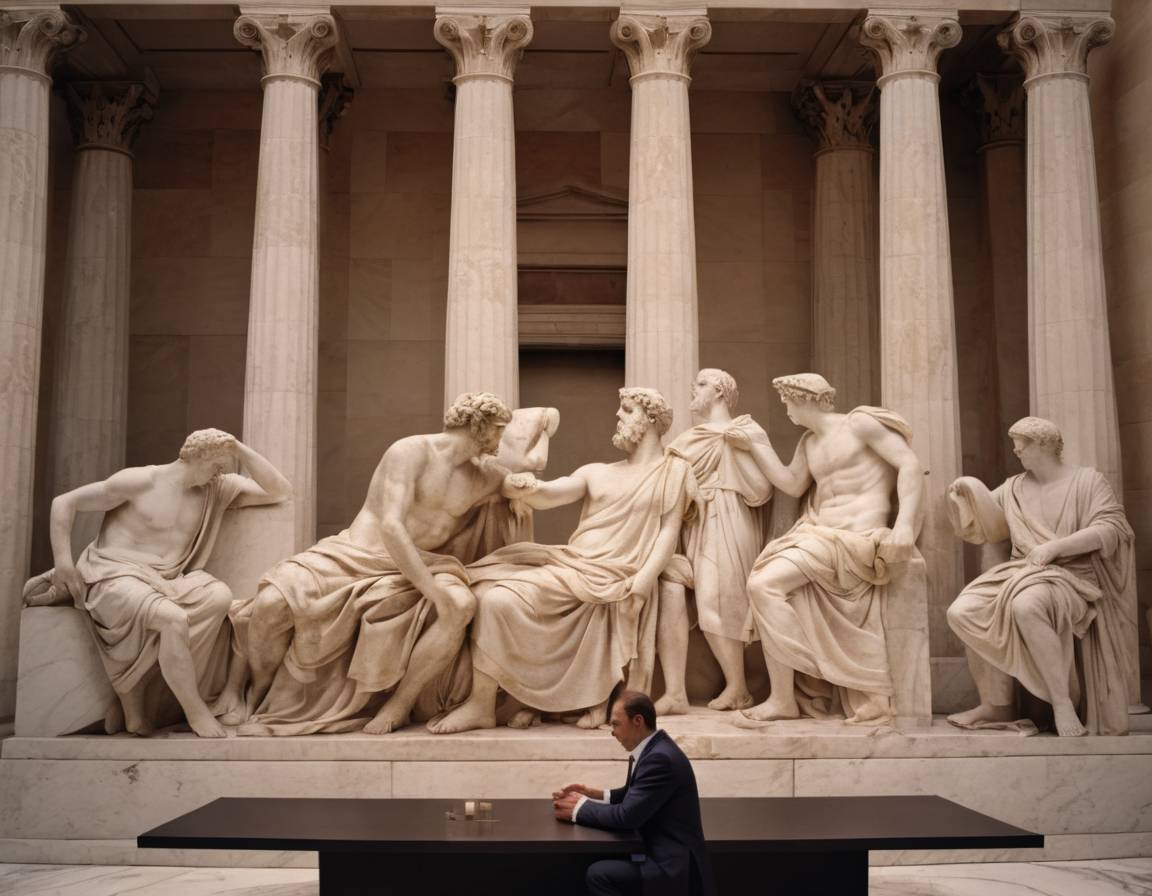Discover the Legacy of the Elgin Marbles: Controversy, History, and Cultural Debate
The Elgin Marbles: A Tale of Beauty and Controversy
The Elgin Marbles, also known as the Parthenon Sculptures, have been a subject of international debate and intrigue for centuries. These classical Greek masterpieces date back to the 5th century BCE, gracing the Parthenon temple on the Acropolis of Athens. Nonetheless, their journey from ancient Greece to the British Museum – where they currently reside – tells a story that encapsulates history, art, and contentious international law.

The Journey from Athens to London
Thomas Bruce, the 7th Earl of Elgin, obtained a controversial permit from the Ottoman Empire, which then ruled over Greece, to remove sculptures from the Parthenon and transport them back to Britain in the early 19th century. Elgin’s actions sparked a debate that continues to this day: Were the marbles acquired legally, or were they, in essence, looted?

Artistic and Historic Significance
The sculptures themselves are unrivaled in their beauty, representing the pinnacle of classical Greek art. They depict mythological scenes and were once part of a larger ensemble that adorned the Parthenon. Scholars and art enthusiasts alike have marveled at their intricate detail and artistic prowess.

The Debate Rages On
Greece has long demanded the return of the Marbles, citing cultural heritage and national pride. The British, however, argue that the marbles are preserved better in the British Museum and that they are accessible to a wider audience. This dispute raises profound questions about ownership, preservation, and ethical responsibility regarding ancient artifacts.
Where Do We Stand?
With the British Museum staunchly refusing to relinquish the marbles, and the Greek government equally firm in its demand for repatriation, the debate is at a stalemate. As we ponder the future of the Elgin Marbles, one thing is certain: their story is far from over, and it continues to captivate and inspire people across the globe.







